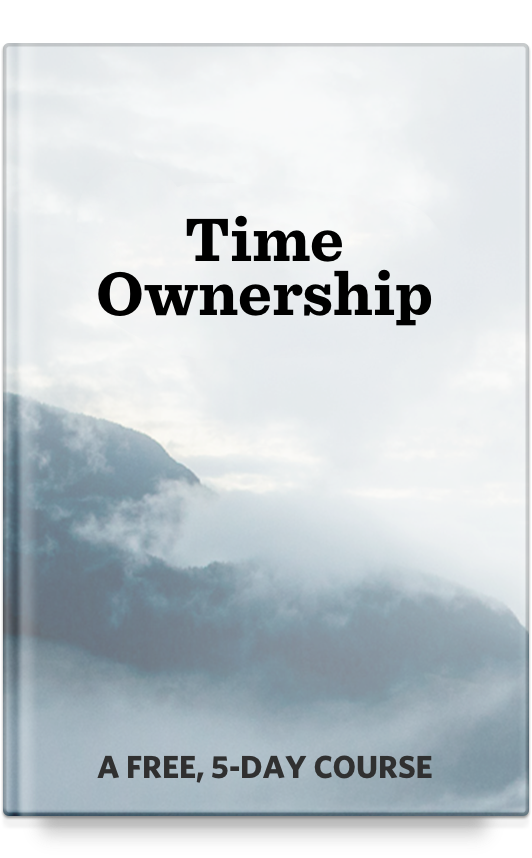This is a guest post from my good friend, Mike Vardy. Mike is a Mac nerd, productivity coach, and the founder of Productivityist. — S.B.
I have a lot of things that I want to do and more that I need to do. I’m an organized guy but as more demands on my time, energy, and attention creep in my to do list can inflate to uncomfortable levels.
In order to combat that, I have a tactic I use that helps me reframe my to do list, reconnect with my intentions, and reclaim my attention. I take a day off to focus on regaining my focus and get clear. I call this day a Clarity Day.
What is a Clarity Day?
It’s a day to review and to plan without interruption.
Review where you’ve been over the last few months (what you’ve done and why). And then start mapping out what you want to do from that day forward.
I usually take two Clarity Days per year. One as the summer comes to a close (since I stat my year in September) and another in February or March to help me get clear during the second half of my year.
One of the obstacles you need to overcome is the fact that you’ll “lose a day” of productivity by taking a Clarity Day. This is only partially true. You’ll only lose a day if you don’t plan for your Clarity Day. If, however, you are proactive leading up to it then the short-term impact of taking the day will be negated. And even if you don’t plan ahead, the long-term benefits of taking the day are totally worth it.
How to Take A Clarity Day
Here are the things you need to address if you want to take a Clarity Day:
- Plan it at least three weeks in advance. You may want to use milestone dates that are already established so that they stand out. Birthdays are a great option. The reason you want to look at least three weeks ahead is that your schedule for the next two weeks is generally set or already filling up. In my work with clients, I’ve found that we need to check their calendar three weeks and beyond so that occasions like a Clarity Day can be taken with confidence and with the right amount of attention available to them.
-
Make sure you have no meetings or other commitments that day. You need to make sure the decks are clear for the day, so block out the day from any sort of meeting. This may mean that you’ll need to schedule your Clarity Day on a weekend because those are the only days you have complete control over. If you need to take one weekend day away from family activities or social gatherings, do it. The payoff is worth it.
-
Find a location with little or no distractions. You need focus and you need a place that will not disrupt that. A library, a private room (Breather provides these in major cities), or even a quiet coffee shop will work well. And if you can’t find a place with less noise, then use noise-cancelling headphones to create that environment for yourself no matter where you are.
Once you’ve taken all of these steps, you’ll be ready to give your Clarity Day the attention it deserves. Keep in mind that you will rarely get a day with limited interruptions and intentional boundaries for focused work, so leverage that while you can.
“Clarity is the most important thing. I can compare clarity to pruning in gardening. You know, you need to be clear. If you are not clear, nothing is going to happen. You have to be clear. Then you have to be confident about your vision. And after that, you just have to put a lot of work in.” – Diane von Furstenberg
Taking a Clarity Day will help you turn your intentions into actions with far less friction getting in the way. Taking a day to reframe, reconnect, and reclaim what you really need and want to do is a worthwhile investment. It may not pay off right away, but the dividends will be great down the road.
I encourage you to take some time today and plan for your first Clarity Day. It’s an exercise that’s worthy of your time, and you’re worthy of the time that it will give you in return.
